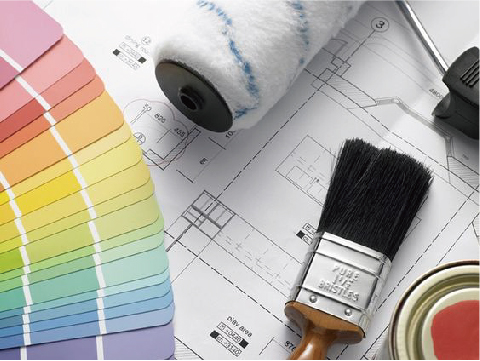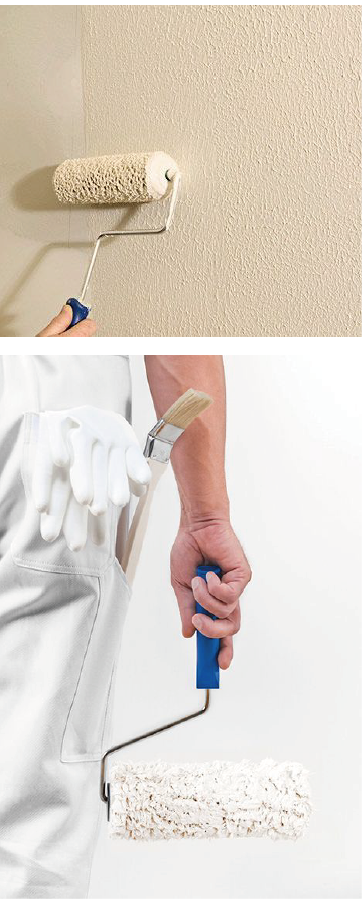|
Step 4 : Recommend Primer
The internal and external primers of Choimer Paint 's high-quality Hi-Performance Acrylic/Kid Paint Acrylic / Primer / Sealer Late can provide the excellent adhesion and durability to form a smooth, durable finishing coat.
Hi-Performance Acrylic
65-205
Usage: Internal or external
Base materials : Most wood,laminated board, gypsum board, gypsum and most non-ferrous metals, including galvanized metal."
Features : they contain a fungicide that can inhibit the growth of mold on the surface of the painting.
Hi-Performance Acrylic
65-206
Use : External
Base materials : new dry wall, primer surface, mechanism area, wet and condensation areas and places where very durable finishes are required.
Features : opaque colored latex primer carrier is combined with a suitable painting. The quick-drying latex primer is adopted to the non-porous interior surfaces,such as flat walls, plastics, previously painted wood or metal surfaces, vinyl wall coverings, glass and various factory finishes where recoating problems often occur.
Kid Paint Acrylic
65-406
Usage : internal and external
Types : alkyd resin and oil base
Substrates : it is most suitable material for metal, glass, wood, and materials.
Characteristics : with extraordinary adhesion, it can be applied on any surface, nearly zero VOC, which is the world 's pioneer. It can be applied to indoor and outdoor products, and has alkali resistance, pulverization resistance, and strong penetration.
Primer/Sealer Late
65-026
Usage : Indoor
Types : alkyd resin, and oil base
Base materials : flat wall, plastic, wood or metal surface, vinyl wall, and glass ;
Features : opaque colored latex primer carrier is combined with a suitable painting. The quick-drying latex primer can offer good adhesion.
|
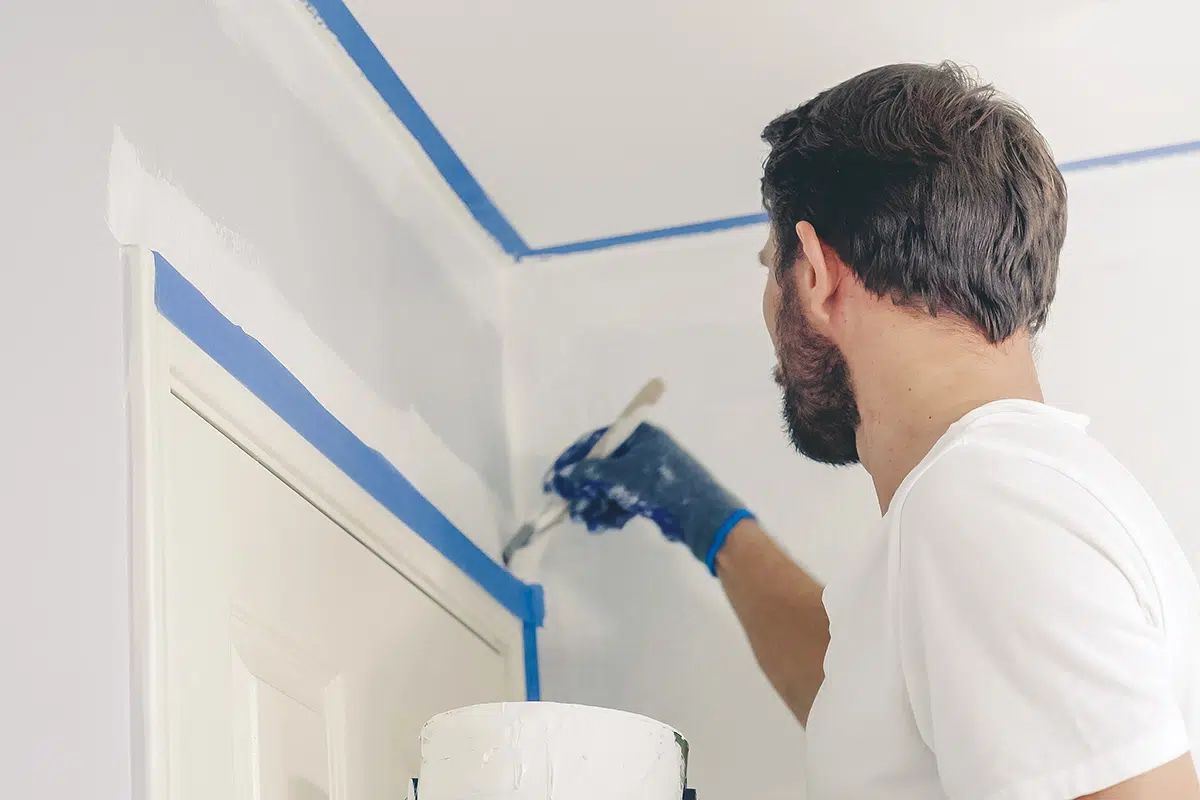
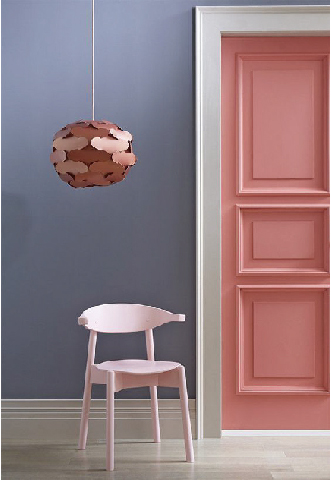
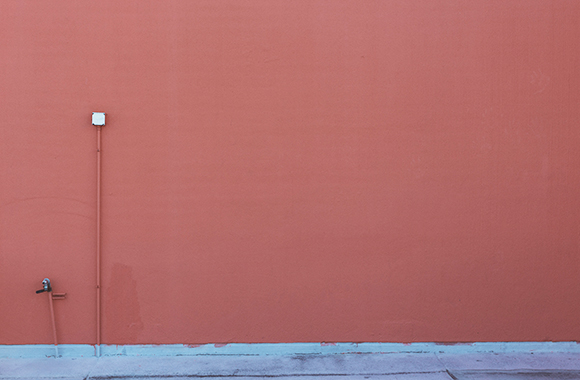 ProductDifferent coatings have their effects, and the best choice is to choose the right one.Detail
ProductDifferent coatings have their effects, and the best choice is to choose the right one.Detail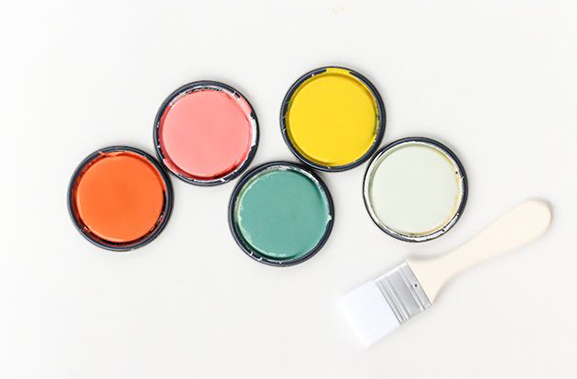 Find Your ColorChoimer color library can choose the perfect paint color. And inspiration can come from anywhere. Our experts help you navigate color families and collections to find the right colors for your home.Detail
Find Your ColorChoimer color library can choose the perfect paint color. And inspiration can come from anywhere. Our experts help you navigate color families and collections to find the right colors for your home.Detail
